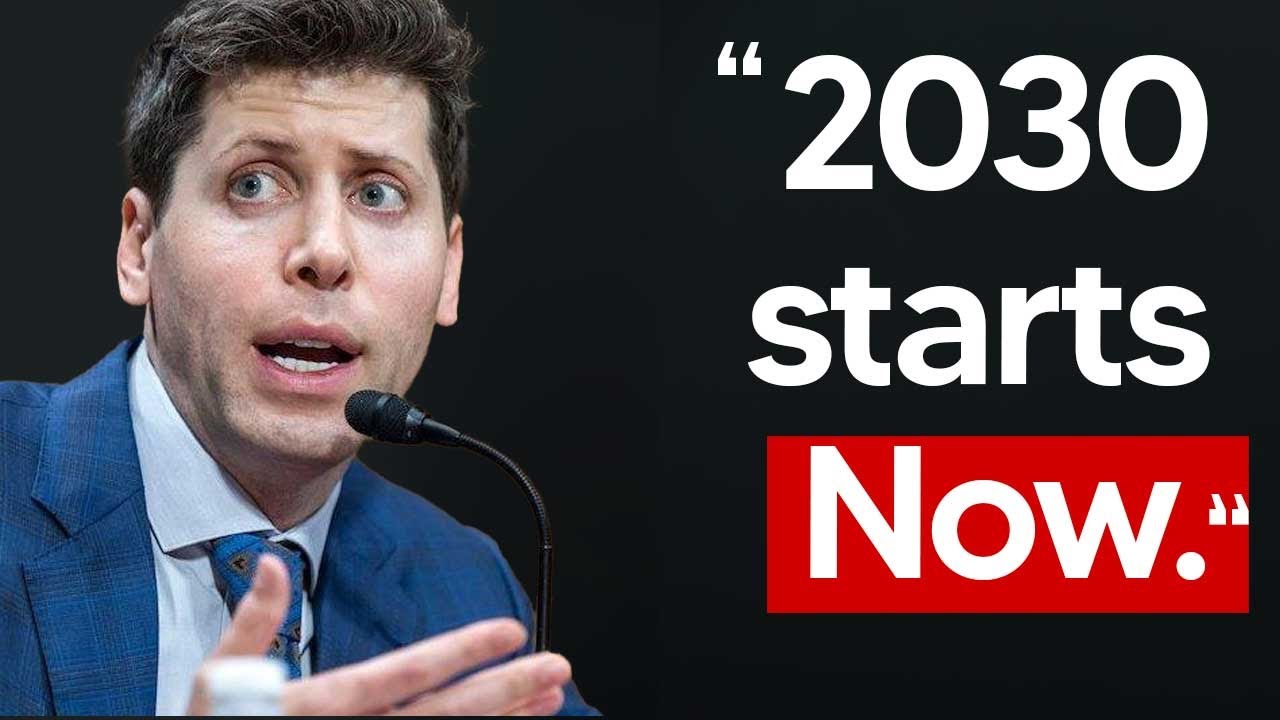The video discusses OpenAI’s controversial decision to build a social media platform as a strategic move to address the growing issues of online trust and the prevalence of AI-generated content. Central to this initiative is the development of a “World ID” system to verify human users, aiming to create a reliable environment for genuine interactions and positioning OpenAI as a leader in the future of online communication.
The video discusses OpenAI’s recent announcement about building a social network, which has sparked considerable controversy. The narrator aims to clarify the motivations behind this move, emphasizing that it is not merely a distraction from OpenAI’s goal of achieving Artificial General Intelligence (AGI) by 2026. Instead, the creation of a social media platform is seen as a strategic necessity for OpenAI, particularly in light of the growing issues surrounding online trust and the proliferation of AI-generated content.
One of the key problems highlighted is the increasing presence of bots on platforms like Twitter, which has led to concerns about the authenticity of online interactions. The narrator points out that many verified accounts are actually controlled by AI, contributing to a perception that Twitter is becoming a “ghost town” filled with spam content. This situation raises significant challenges for users trying to discern real human interactions from AI-generated ones, which could worsen as AI technology continues to advance.
The video also touches on the broader implications of AI-generated content flooding the internet, creating a scenario where distinguishing between real and fake information becomes increasingly difficult. The narrator argues that this issue is not limited to Twitter but affects various social media platforms, which lack adequate infrastructure to manage the influx of AI-generated spam. As a result, there is a pressing need for a solution that can verify the authenticity of users online.
Central to OpenAI’s strategy is the concept of the “World ID,” a digital identification system designed to verify whether individuals are human. This initiative, developed in collaboration with Worldcoin, aims to create a reliable framework for distinguishing between humans and AI agents online. The narrator suggests that if OpenAI successfully implements this system within their social media platform, it could become significantly more valuable than existing platforms like Facebook and Twitter, as it would provide a trusted environment for user interactions.
In conclusion, the video posits that OpenAI’s social media app is not just about creating another platform but is part of a larger vision to address the challenges posed by AI in the digital landscape. By ensuring that users can be verified as real humans, OpenAI aims to build a community that fosters genuine interactions, ultimately positioning itself as a leader in the future of online communication. The narrator encourages viewers to consider the implications of this development and its potential impact on the internet as a whole.
